Golden Myanmar

Myanmar (formerly Burma) is a Southeast Asian nation of more than 100 ethnic groups, bordering India, Bangladesh, China, Laos and Thailand. Yangon (formerly Rangoon), the country's largest city, is home to bustling markets, numerous parks and lakes, and the towering, gilded Shwedagon Pagoda, which contains Buddhist relics and dates to the 6th century.The history of Myanmar (also known as Burma; Burmese: မြန်မာ့သမိုင်း) covers the period from the time of first-known human settlements 13,000 years ago to the present day. The earliest inhabitants of recorded history were a Tibeto-Burman-speaking people who established the Pyu city-states ranged as far south as Pyay and adopted Theravada Buddhism.
Another group, the Bamar people, entered the upper Irrawaddy valley in the early 9th century. They went on to establish the Pagan Kingdom (1044–1297), the first-ever unification of the Irrawaddy valley and its periphery. The Burmese language and Burma culture slowly came to replace Pyu norms during this period. After the First Mongol invasion of Burma in 1287, several small kingdoms, of which the Kingdom of Ava, the Hanthawaddy Kingdom, the Kingdom of Mrauk U and the Shan States were principal powers, came to dominate the landscape, replete with ever-shifting alliances and constant wars.
In the second half of the 16th century, the Toungoo dynasty (1510–1752) reunified the country, and founded the largest empire in the history of Southeast Asia for a brief period. Later Taungoo kings instituted several key administrative and economic reforms that gave rise to a smaller, more peaceful and prosperous kingdom in the 17th and early 18th centuries. In the second half of the 18th century, the Konbaung dynasty (1752–1885) restored the kingdom, and continued the Taungoo reforms that increased central rule in peripheral regions and produced one of the most literate states in Asia. The dynasty also went to war with all its neighbours. The Anglo-Burmese wars (1824–85) eventually led to British colonial rule.
British rule brought several enduring social, economic, cultural and administrative changes that completely transformed the once-agrarian society. British rule highlighted out-group differences among the country's myriad ethnic groups. Since independence in 1948, the country has been in one of the longest running civil wars involving insurgent groups representing political and ethnic minority groups and successive central governments. The country was under military rule under various guises from 1962 to 2010 and again from 2021-present, and in the seemingly cyclical process has become one of the least developed nations in the world.
read more here
Best places to visit in Myanmar
-
Yangon
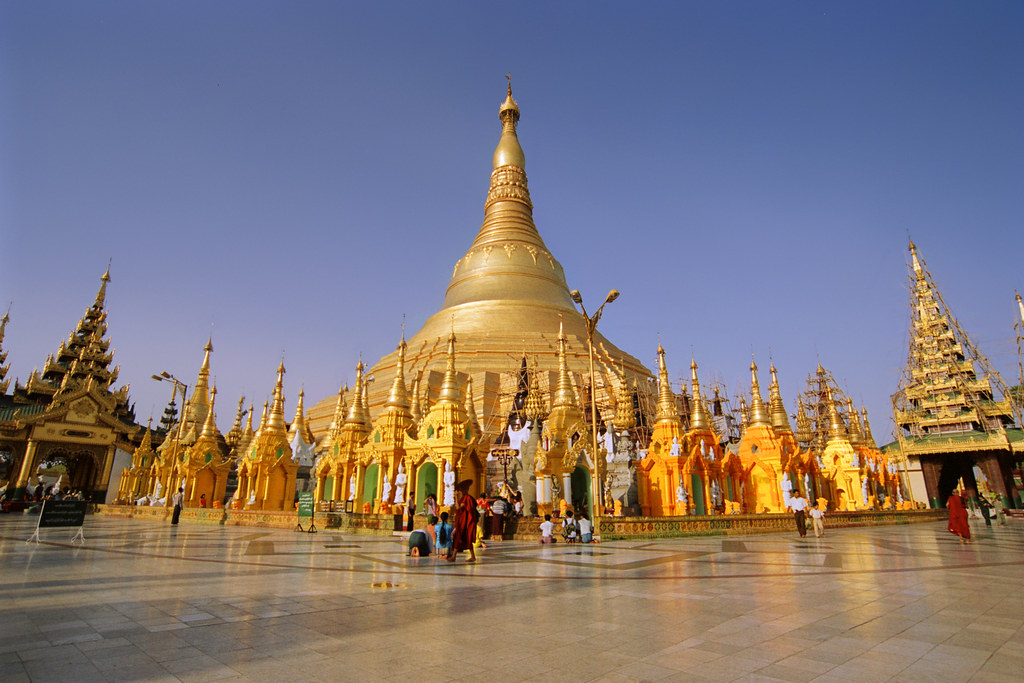

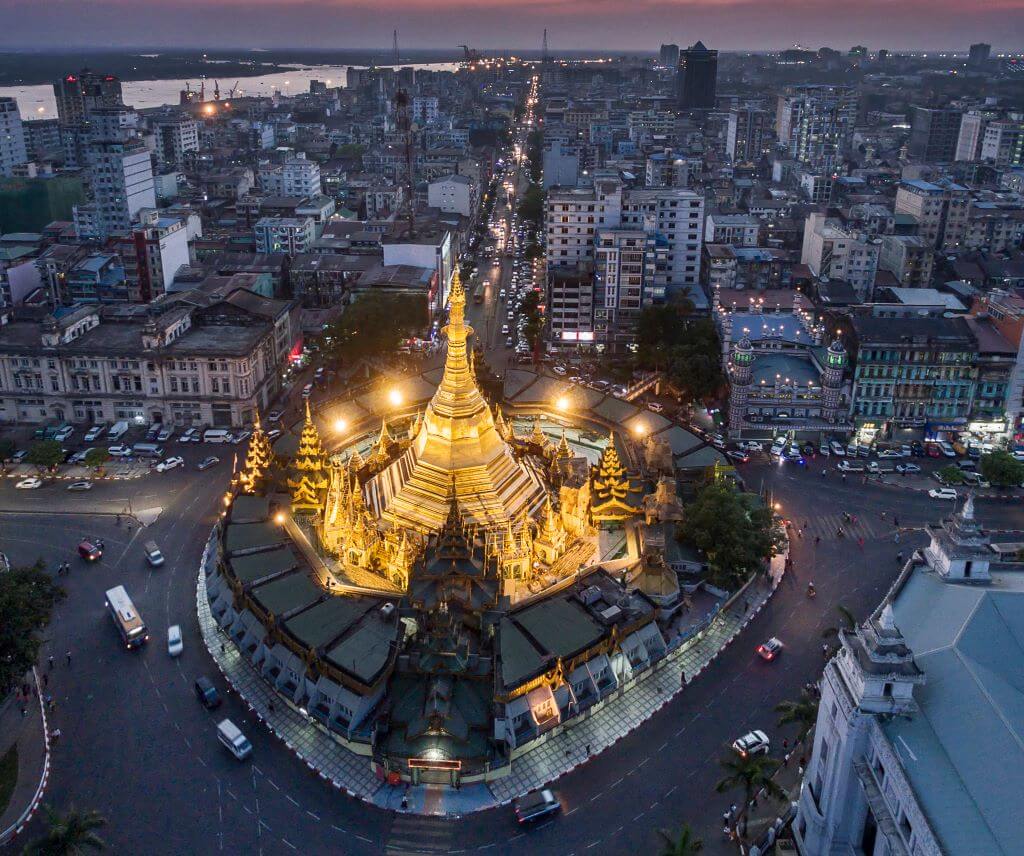
Yangon (Burmese: ရန်ကုန်; pronounced [jàɰ̃.ɡòʊɰ̃]; lit. 'End of Strife'), formerly spelled as Rangoon, is the capital of the Yangon Region and the largest city of Myanmar (also known as Burma). Yangon served as the capital of Myanmar until 2006, when the military government relocated the administrative functions to the purpose-built capital city of Naypyidaw in north central Myanmar.[4] With over 7 million people, Yangon is Myanmar's most populous city and its most important commercial centre. Yangon boasts the largest number of colonial-era buildings in Southeast Asia,[5] and has a unique colonial-era urban core that is remarkably intact.[6] The colonial-era commercial core is centered around the Sule Pagoda, which is reputed to be over 2,000 years old.[7] The city is also home to the gilded Shwedagon Pagoda – Myanmar's most sacred and famous Buddhist pagoda.
read more here -
Mandalay


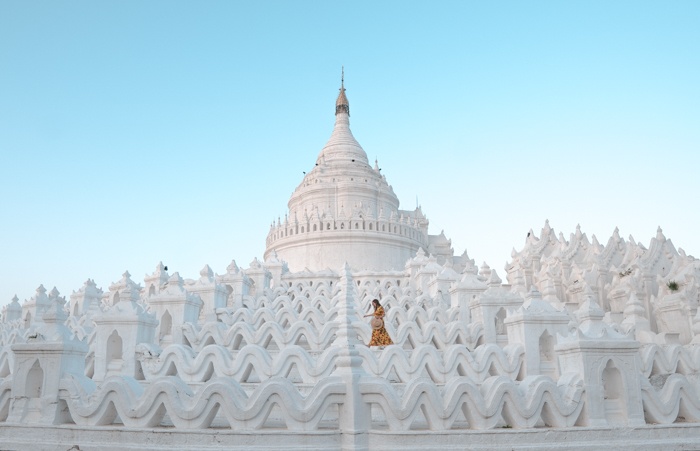
Mandalay (/ˌmændəˈleɪ/ or /ˈmændəleɪ/; Burmese: မန္တလေး; MLCTS: manta.le: [mándəlé]) is the second-largest city in Myanmar, after Yangon. Located on the east bank of the Irrawaddy River, 631 km (392 miles) (Road Distance) north of Yangon, the city has a population of 1,225,553 (2014 census). Mandalay was founded in 1857 by King Mindon, replacing Amarapura as the new royal capital of the Konbaung dynasty. It was Burma's final royal capital before the kingdom's annexation by the British Empire in 1885. Under British rule, Mandalay remained commercially and culturally important despite the rise of Yangon, the new capital of British Burma. The city suffered extensive destruction during the Japanese conquest of Burma in the Second World War. In 1948, Mandalay became part of the newly independent Union of Burma.
read more here -
Bagan
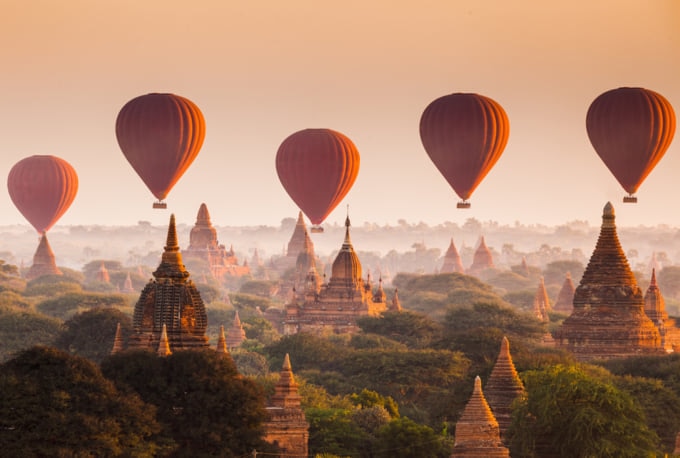
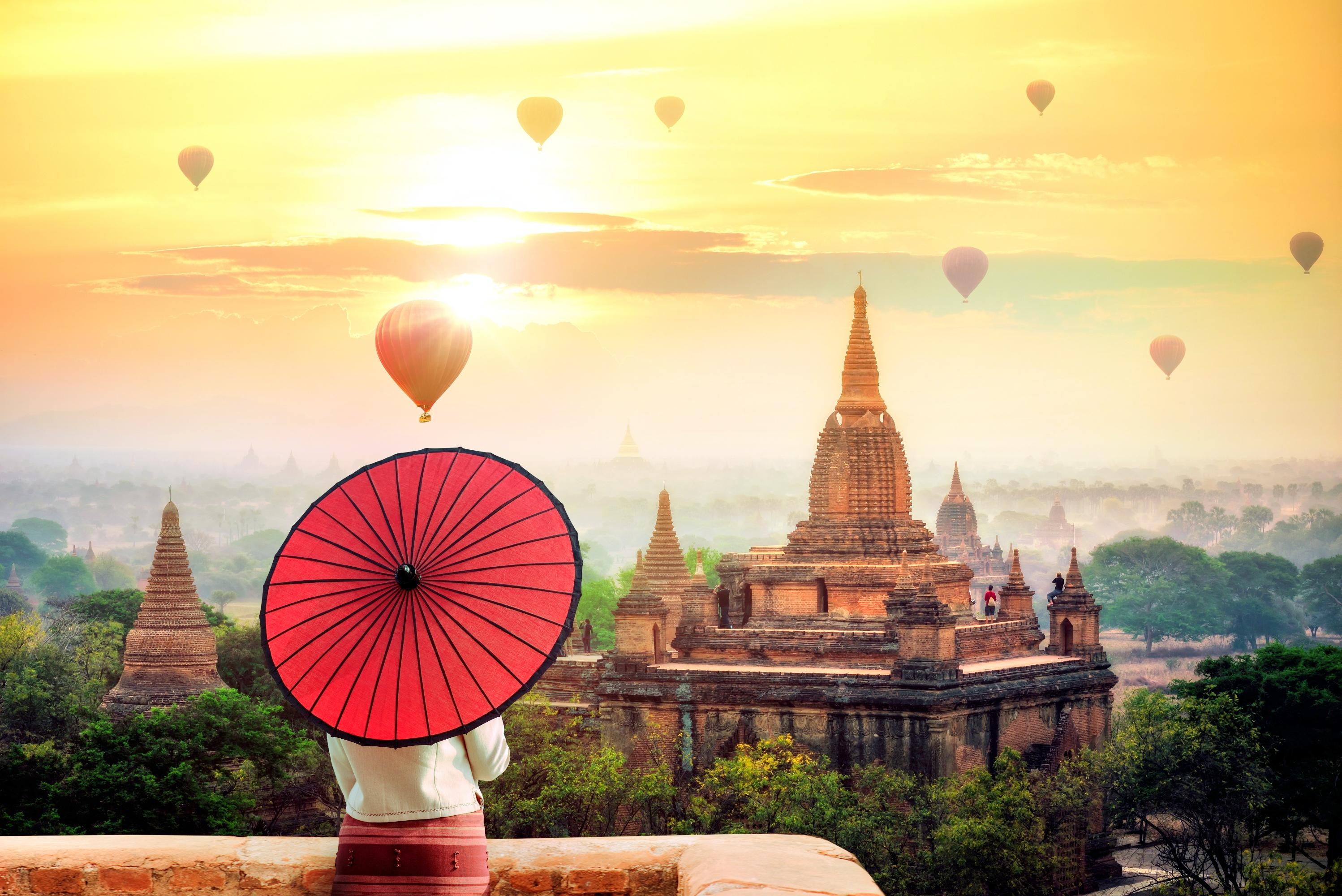

Bagan (Burmese: ပုဂံ; MLCTS: pu.gam, IPA: [bəɡàɰ̃]; formerly Pagan) is an ancient city and a UNESCO World Heritage Site in the Mandalay Region of Myanmar.[1] From the 9th to 13th centuries, the city was the capital of the Bagan Kingdom, the first kingdom that unified the regions that would later constitute Myanmar. During the kingdom's height between the 11th and 13th centuries, more than 10,000 Buddhist temples, pagodas and monasteries were constructed in the Bagan plains alone,[2] of which the remains of over 2200 temples and pagodas survive. The Bagan Archaeological Zone is a main attraction for the country's nascent tourism industry.[3]Bagan is the present-day standard Burmese pronunciation of the Burmese word Pugan (ပုဂံ), derived from Old Burmese Pukam (ပုကမ်). Its classical Pali name is Arimaddanapura (အရိမဒ္ဒနာပူရ, lit. "the City that Tramples on Enemies"). Its other names in Pali are in reference to its extreme dry zone climate: Tattadesa (တတ္တဒေသ, "parched land"), and Tampadīpa (တမ္ပဒီပ, "bronzed country").[4] The Burmese chronicles also report other classical names of Thiri Pyissaya (သီရိပစ္စယာ; Pali: Siripaccaya) and Tampawaddy (တမ္ပဝတီ; Pali: Tampavatī).[5]
read more here